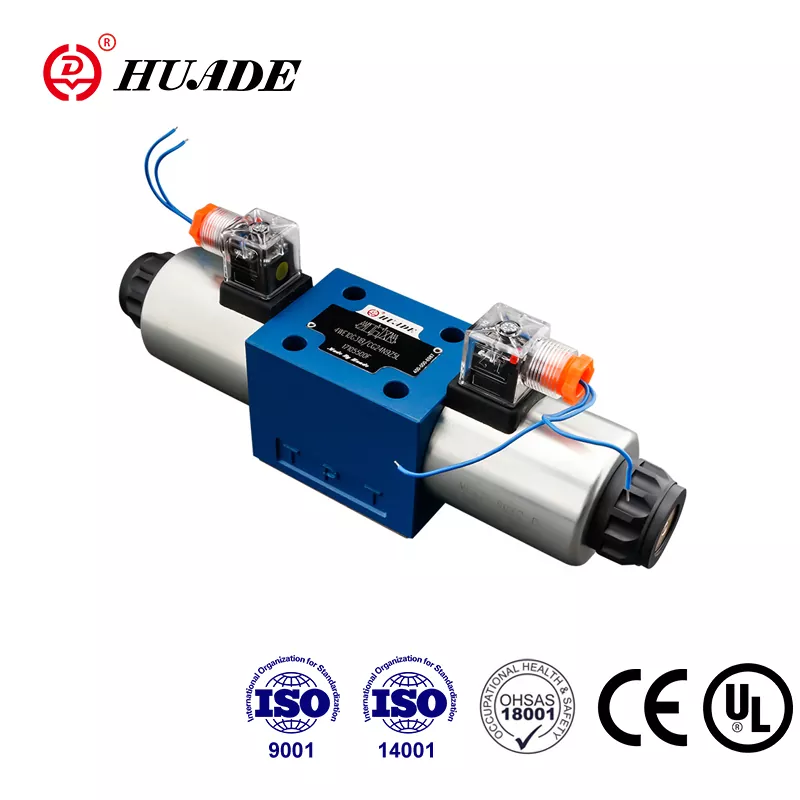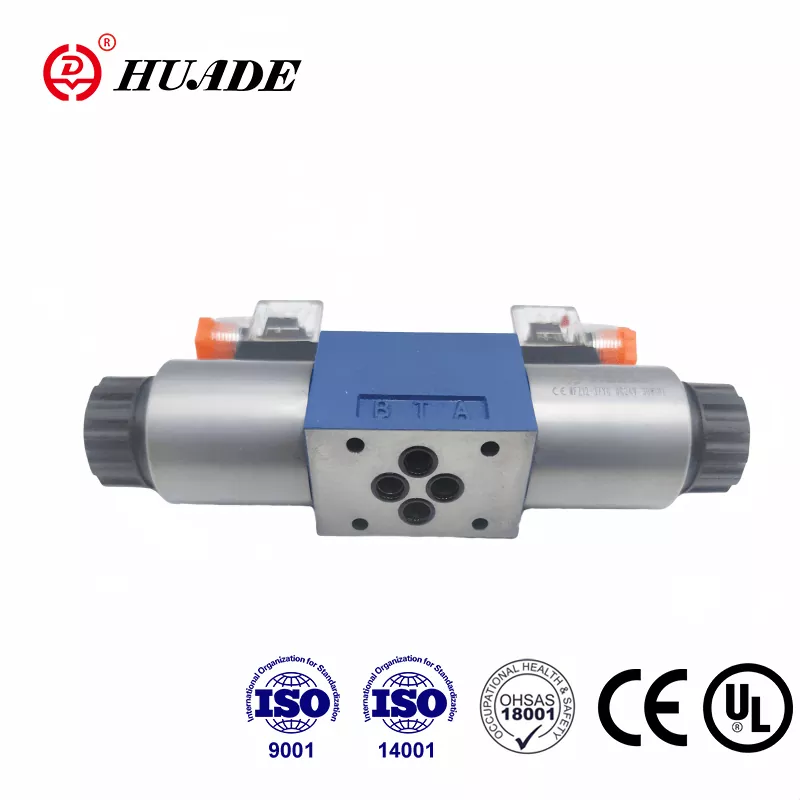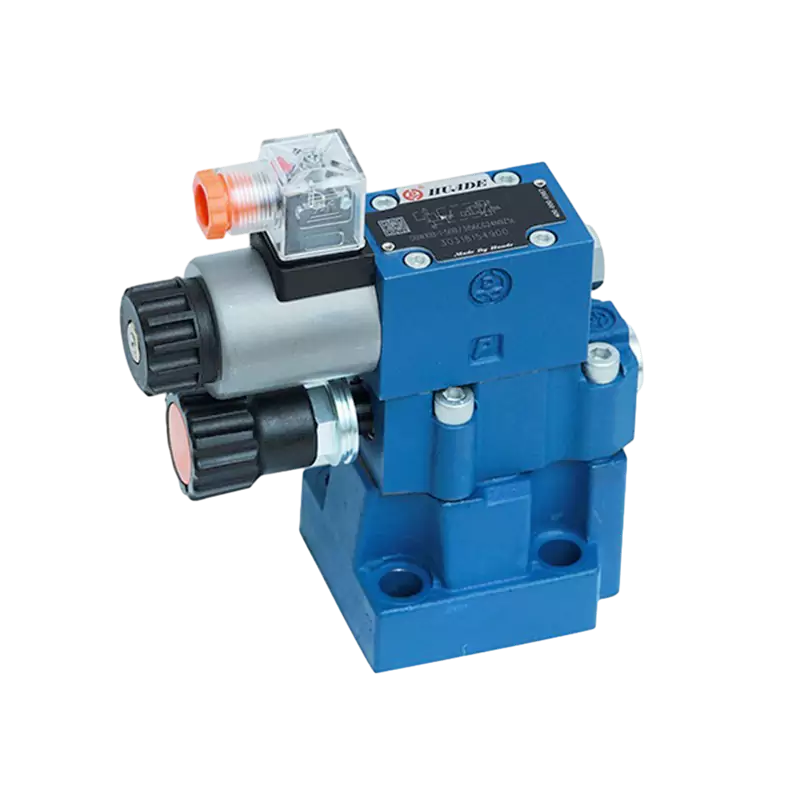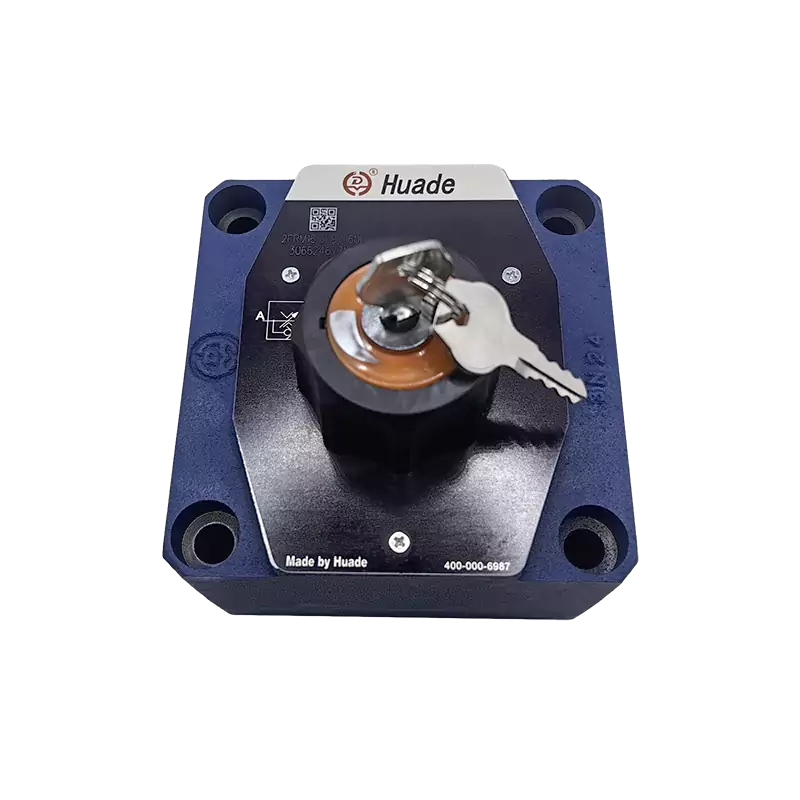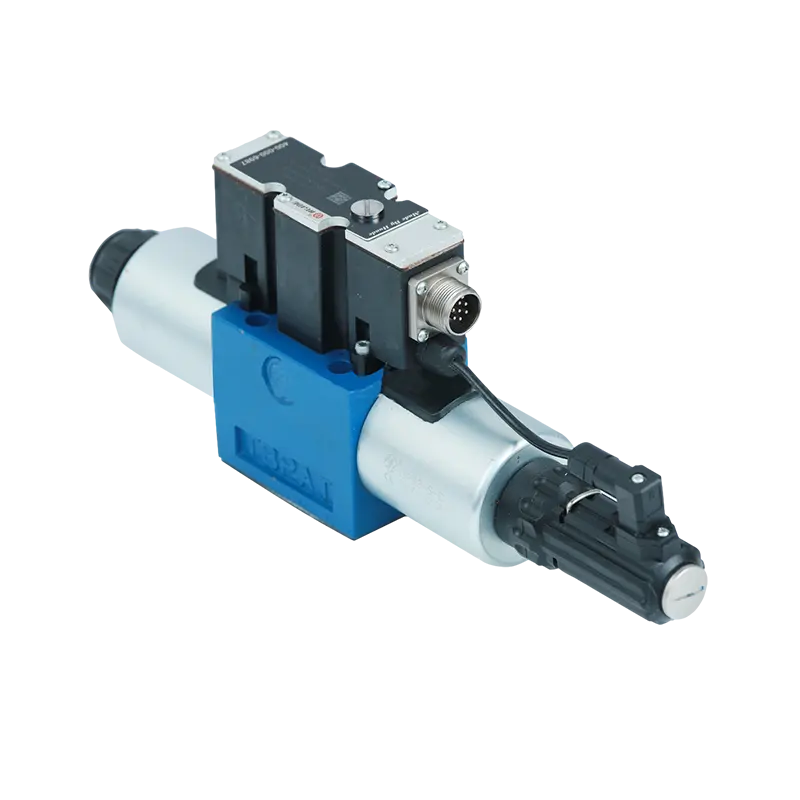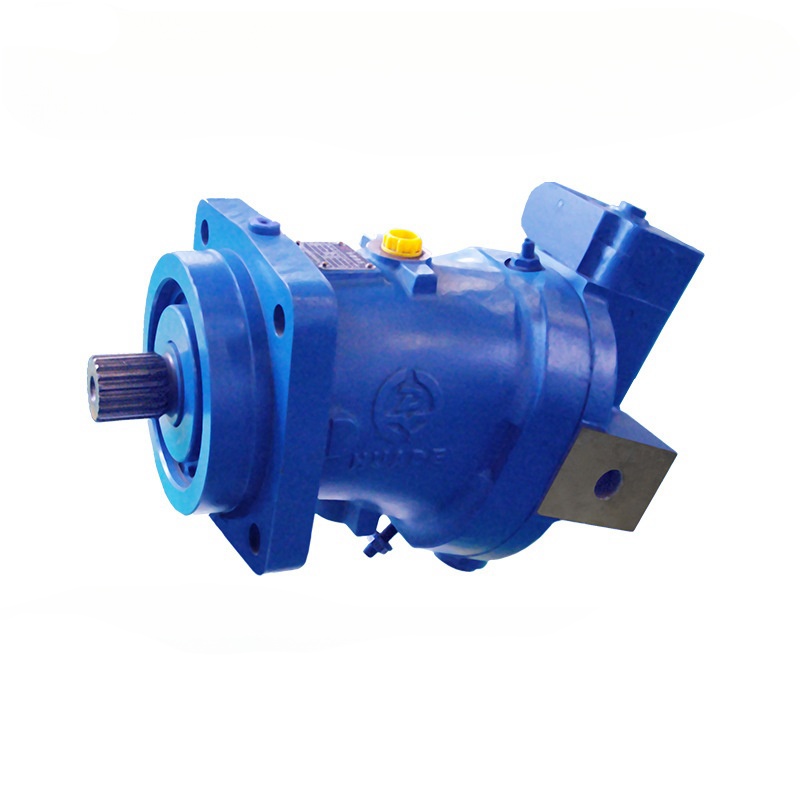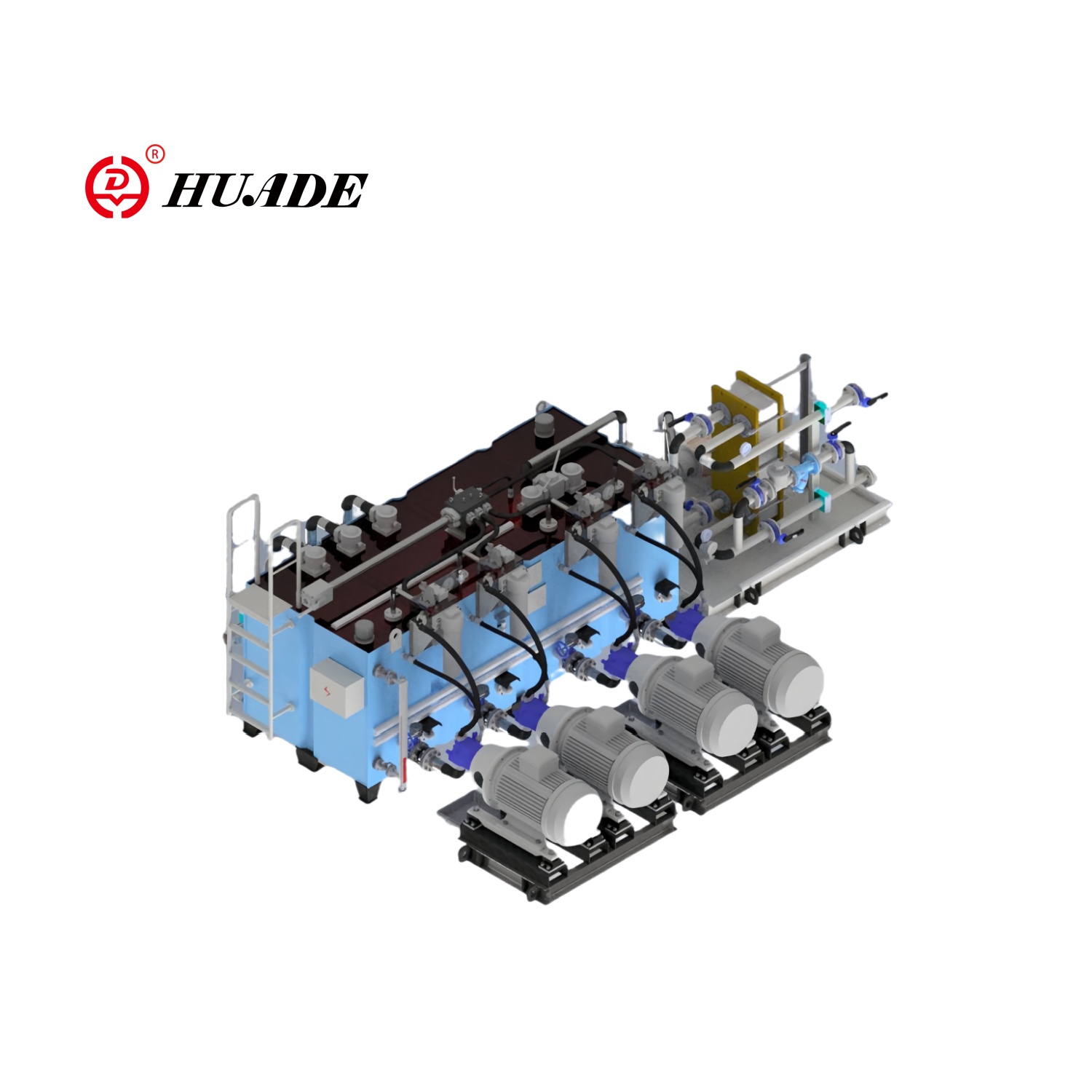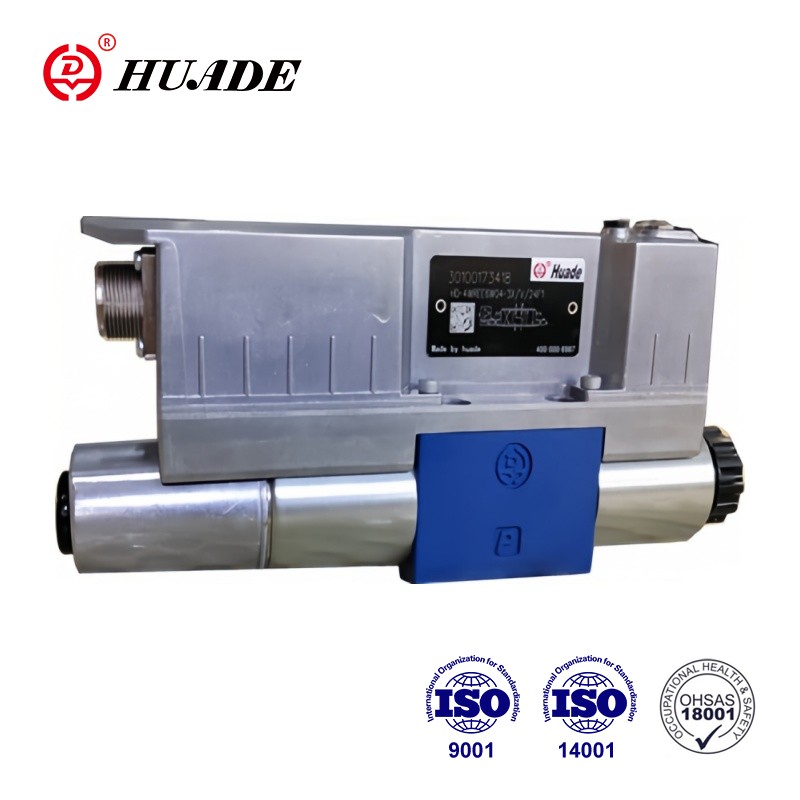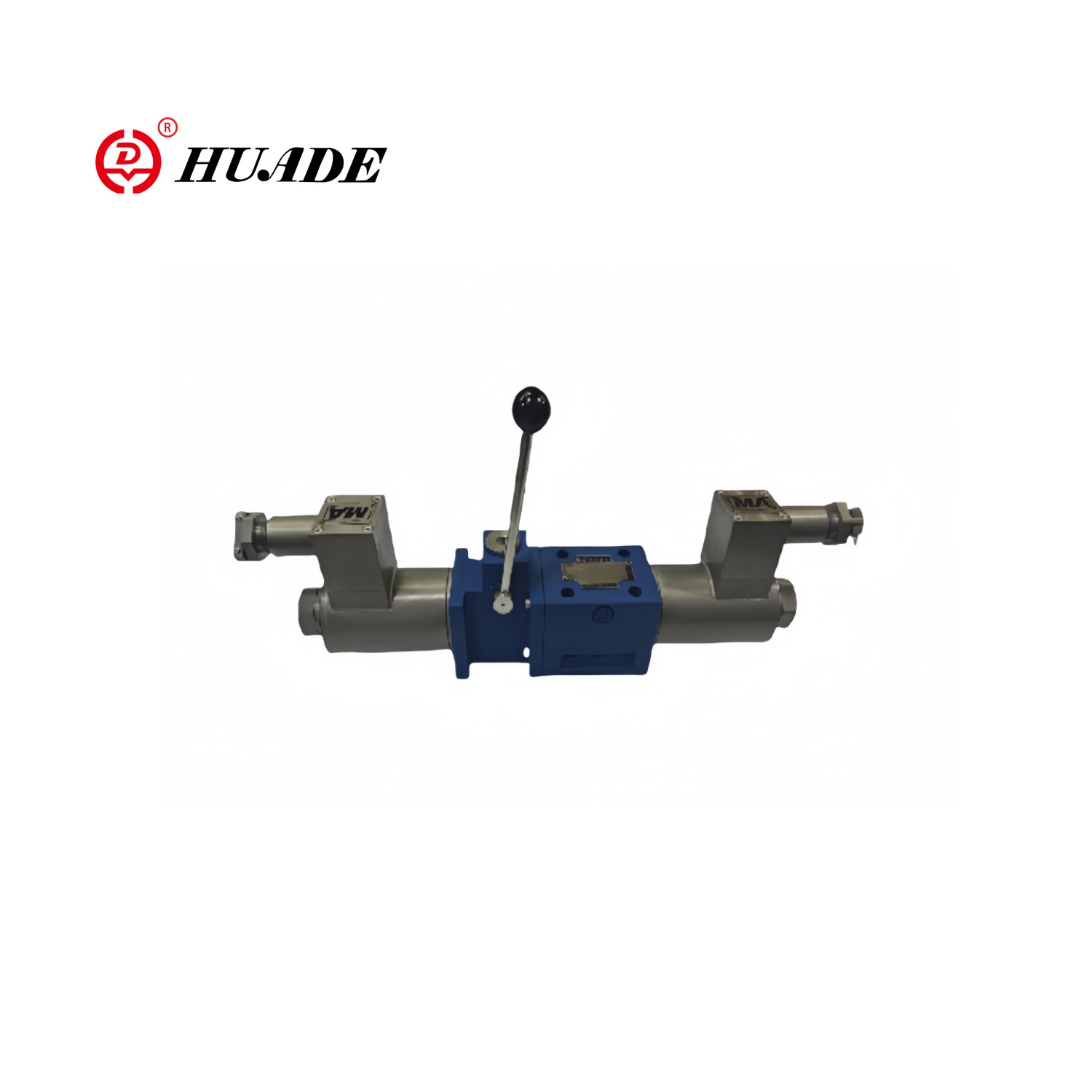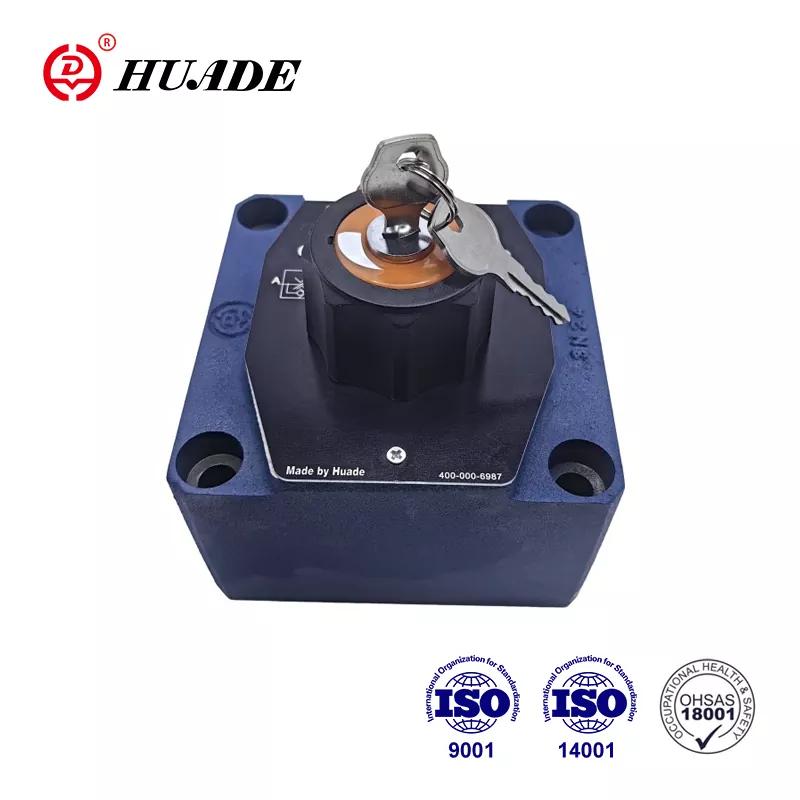When you work with hydraulic systems, choosing the right directional control valve can make or break your operation. The Bosch Rexroth 4WE 10 E directional control valve has earned its reputation as a reliable workhorse in industrial applications, and there are good reasons why engineers keep coming back to it.
What Makes 4WE 10 E directional control valve Special
The Rexroth 4WE 10 E is a direct-acting solenoid valve that controls how hydraulic fluid moves through your system. Think of it as a traffic controller for your hydraulic oil. It tells the fluid where to go, when to stop, and which path to take. This particular valve uses electromagnetic coils to shift an internal spool, which then redirects the flow to make your hydraulic cylinders or motors move exactly how you need them to.
What sets this directional control valve apart is its closed-center design, marked by that "E" in its name. When the valve sits in its neutral position, all ports stay blocked. Your hydraulic actuator holds its position without drifting, which matters a lot when you're lifting heavy loads or need to keep something perfectly still.
Breaking Down the Model Number
The name 4WE 10 E tells you everything about what this valve does. The "4" means it has four ports for connecting your hydraulic lines. The "WE" indicates it's a direct-acting directional control valve with solenoid operation. The "10" refers to its size, which follows the NG10 standard, also known as CETOP 5 or ISO 4401-05-04-0-05. This standardization means the Rexroth 4WE 10 E will physically fit any mounting surface designed for NG10 valves, giving you flexibility when replacing old equipment or building new systems.
The "E" designation describes the spool configuration. In the valve world, different letters represent different flow patterns. The E-type keeps all ports closed in the center position, making it ideal when you need to hold a load steady without any movement.
Technical Capabilities That Matter
The 4WE 10 E directional control valve handles serious pressure. It can operate at up to 350 bar on the main ports, which translates to about 5,075 pounds per square inch. That's enough for most heavy industrial applications, from injection molding machines to construction equipment.
Flow capacity varies depending on whether you choose DC or AC power. The DC version of this Rexroth directional control valve moves up to 160 liters per minute, while the AC version maxes out at 120 liters per minute. This difference exists because AC coils generate more heat when the valve stays energized, so Bosch Rexroth limits the flow to prevent overheating problems.
Response time matters when you need quick, precise movements. The 4WE 10 E switches on in 45 to 70 milliseconds and releases in 35 to 45 milliseconds when using DC power. That's fast enough for most automated production lines. If you need even smoother operation, you can add optional damping inserts that slow down the shifting action to reduce shock in your system.
How the Closed Center Works
The E-type spool configuration gives this directional control valve its load-holding capability. Picture three positions: center, left, and right. In the center position, internal lands on the spool block all four ports. Port P connects to your pump, port T goes to your tank, and ports A and B connect to your actuator. When everything stays blocked, the oil trapped in your cylinder can't escape, so your load stays exactly where you left it.
Energize the "a" coil, and the spool shifts left. Now port P connects to port A while port B drains to port T. Your actuator extends. Switch to the "b" coil, and the spool moves right, reversing the flow pattern. Port P feeds port B while port A returns to tank, retracting your actuator.
This closed-center arrangement works perfectly for applications like lift tables, clamps, and press machines where position holding matters more than energy efficiency. The trade-off is that your pump keeps building pressure even when nothing moves, which generates heat and wastes energy. You'll typically pair this Rexroth 4WE 10 E with a relief valve to protect your system.
Real-World Applications
Manufacturing plants use the 4WE 10 E directional control valve in countless ways. Injection molding machines rely on it to control mold clamping with precision. Die-casting equipment uses it to position metal parts accurately. Construction machinery benefits from its ability to hold bucket and boom positions on slopes without drifting.
The valve also shows up in marine applications, metalworking equipment, and precision manufacturing systems. Any time you need a hydraulic actuator to stay put under load, the closed-center design of this Rexroth directional control valve delivers the control you need.
Installation and Mounting
The 4WE 10 E mounts directly to a subplate that matches the NG10 standard. This modular approach simplifies installation and replacement. You can stack additional valves on top using manifold blocks, building compact valve assemblies that save space and reduce the number of hoses and fittings you need.
The wet-armature solenoid design offers practical advantages. The coil sits in oil, which helps dissipate heat and reduces noise. You can rotate the coil assembly 360 degrees to position the electrical connector wherever it's most convenient. If a coil fails, you can replace it without draining your hydraulic system, minimizing downtime.
Electrical connections follow the DIN EN 175301-803 standard, with protection ratings of IP65 or IP67 depending on your configuration. Voltage options include 12, 24, 110, and 230 volts for both DC and AC power, with a tolerance of plus or minus 10 percent.
Comparing with Other Options
When you shop for a directional control valve in the NG10 size, you'll encounter alternatives from Parker, Eaton, and other manufacturers. The Parker D3W series offers similar pressure and flow ratings but switches more slowly, taking about 110 milliseconds to respond. The Eaton DG4V-5 matches the flow capacity but doesn't specify its cycling frequency as clearly.
The Rexroth 4WE 10 E stands out with its faster response time and higher cycling capability. It can handle up to 15,000 switching operations per hour, making it suitable for high-speed automated processes. The adjustable damping option also gives you more control over how quickly the valve shifts, helping you fine-tune your system's behavior.
Price varies widely based on specifications and where you buy. Basic configurations of this Rexroth directional control valve start around $56, while versions with special coatings, custom voltage, or enhanced seals can exceed $1,200. You'll find them through official Bosch Rexroth distributors, industrial supply houses, and online marketplaces. When buying, verify that the model number matches your requirements exactly, paying special attention to the voltage rating and spool type.
Keeping It Running
The biggest enemy of any directional control valve is contamination. Dirt particles in your hydraulic oil cause the spool to stick, leading to erratic operation or complete failure. The 4WE 10 E needs oil filtered to 10 microns, which corresponds to NAS 1638 Class 9 or ISO 4406 20/18/15 cleanliness levels.
Regular maintenance starts with monitoring your oil. Check for discoloration, which indicates overheating or oxidation. Test viscosity periodically because oil that's too thin or too thick affects valve performance. Replace filters on schedule, and consider installing pressure gauges to catch problems early.
When this Rexroth directional control valve acts up, symptoms usually point to specific causes. If the valve sticks but works when you push the manual override, contamination is likely. Burned coils on AC versions often result from excessive flow causing the spool to stick while energized, overheating the coil. External leaks typically come from worn seals, while internal leakage shows up as slow, spongy actuator movement.
Cleaning the valve requires care. Remove it from the system, carefully disassemble it, and clean the bore and spool with WD-40 or a similar solvent. Blow out passages with compressed air and inspect for wear or damage. Replace seals using the correct kit for your valve version, noting that high-temperature applications need FKM seals rather than standard NBR rubber.
Making the Right Choice
The 4WE 10 E directional control valve excels when load holding matters. Its closed-center design prevents drift, its fast response supports automation, and its standardized mounting simplifies installation. The modular construction lets you build complex control circuits in compact spaces, and the wet-armature coils offer long service life with minimal maintenance.
Consider the energy trade-off. That blocked center position keeps your pump loaded even when nothing moves, generating heat and consuming power. If energy efficiency outweighs position holding in your application, look at J-type spools that unload the pump in neutral. For applications needing free float, H-type open-center configurations might work better.
Match your electrical system to the valve carefully. DC versions handle higher flow and respond faster, making them the default choice for most industrial applications. AC power works fine for slower operations but remember that 120-liter-per-minute flow limit to prevent coil damage.
The Rexroth 4WE 10 E has earned its place in industrial hydraulics through decades of proven performance. Its combination of high pressure capability, fast response, and reliable load holding makes it a solid choice for demanding applications. Keep your oil clean, choose the right spool configuration for your needs, and this directional control valve will deliver years of dependable service. Whether you're replacing an existing valve or designing a new system, understanding what makes the 4WE 10 E tick helps you get the most from your hydraulic equipment.
